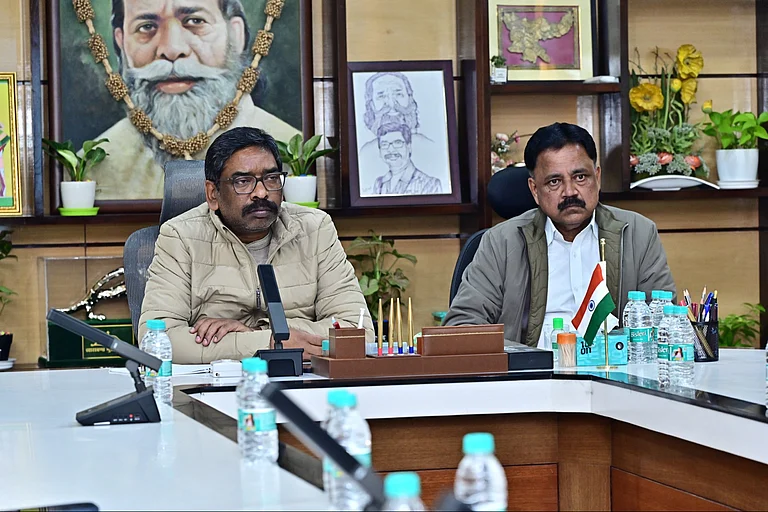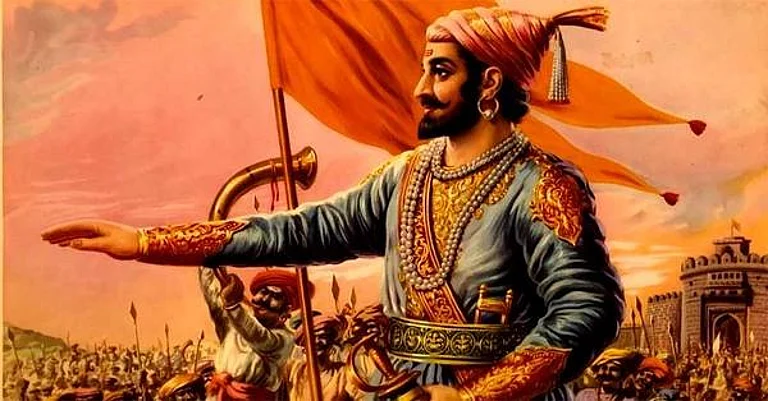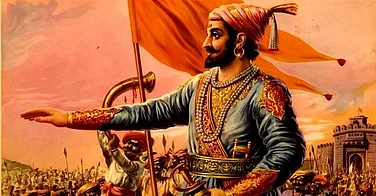Expectations of a breakthrough between India and China on the border standoff are low even with a bilateral engagement on the sidelines of a meeting of the Council of Foreign Ministers of the Shanghai Cooperation Organisation (SCO), given the growing distrust between the two countries. The yawning gap between the two positions makes it a difficult proposition to achieve in the short term.
To begin with, India has demanded that the relations should become normal for any broader cooperation with China both at the recently concluded bilateral meeting at the sidelines of the SCO Defence Ministers’ Meeting in New Delhi as well as the 18th border talks. For India, normalcy could be restored when the military forces disengage from the remaining friction areas in the Line of Actual Control (LAC).
The Chinese side however expects India to place the border issue in what they call a ‘appropriate position’ and wants normalised management. These expectations have been steadfast even though the Indian side continues to emphasise resolving the border standoff as the litmus test for broader cooperation. Therefore, managing China’s expectations is crucial and as a result, examining the fundamentals driving it is imperative. If not, the ambiguity that exists in deciphering China’s motives during a military standoff in the border areas would continue to persist.
It is not that the complexity of India-China relations has not consumed significant intellectual and scholarly energy to understand the sources of mistrust and misconception, nonetheless, predominantly two narratives have come to dominate the discourse. One advocates dialogue as a way to ease tensions while the other prefers caution as they assume bad faith in Chinese negotiations. As a result, the Indian state faces a policy predicament because if its policies reflect either of these narratives, then India is seen as “losing out” to China.
Take, for instance, Wang Yi’s visit to India in March 2022. On the one side, many believed it to be a thaw, a chance for a reset. On the other, analysts cautioned, reset cannot come under the rubric of assuming normalcy. Both echo these two dominant narratives. While the dialogue advocates want India to strategize its cooperation with China for broader peace and stability in Asia, the cautious advisers believe that putting territorial issues on the back-burner with China to engage in broader economic cooperation would perceptively compromise India’s sovereignty.
Such competing narratives make the task of prognosticating China’s actions complicated while delaying the strategies to mitigate risks. Instead, the debate within India regarding the China policy tends to disproportionately focus on border issues, which from the Indian side, rightfully so, has not been addressed to its satisfaction. But without examining the drivers of China’s actions, and analysing the motivations behind its expectations, it would become difficult to manage India’s China relationship.
Once-in-a-century changes in the world
China’s diplomacy and foreign policy are an extension of 'Xi Jinping Thought'. Any categorisation of it as propaganda or the creation of a personality cult would deprive the Indian policy-makers of making credible predictions about China’s behaviour. For China, the border dispute might complicate its strategies towards India but does not play a predominant role in shaping its policies. Instead, it is largely driven by its competition with the US leading to a certain clarity about limited compromises about its actions in the border areas.
China under the vision of ‘Xi Jinping Thought’ is in a race against time because “changes unseen in a century” are happening. The concept “changes unseen in a century” characterizes that China stands at crossroads of monumental changes. One, the international balance of power is shifting from the West to the East due to the emerging economies and the relative decline of the Western economies. China can leverage its economic relationship with countries in Asia, Africa and Latin America to strengthen its position in the world. Second, there is a systemic change in the international order brought about by the next technological revolution. The first three industrial revolutions (steam, electricity, digital) led the West to fashion the international system reflecting their values and norms, and have dominated the international order as a result of it.
However, China believes that it has not only caught up with the West in certain sectors and is likely to surpass it in key technological sectors if leveraged correctly. In such a context, for the first time, since the first industrial revolution, China would be ahead of the curve and therefore may enable it to shape the international order, and thereby reduce its dependence on the West. According to the Chinese view, the US is actively trying to stall its modernisation.
According to Xi, if China manages to grasp the opportunity and take advantage of the changes, it has the chance to become a fully modern state. If they miss this ‘once in a century’ opportunity, then China would never be free from Western technological dominance. Xi is determined to make the Communist Party of China (CPC) and Chinese people subscribe to 'Xi Jinping Thought'.
He believes that 'Xi Jinping Thought' captures the ‘historic trends’ accurately, and Xi is prepared to take difficult decisions such as enshrining it in China’s constitution or appointing his loyalists to leadership positions for the purpose. These measures are aimed at making sure that the next thirty years of China’s development follow 'Xi Jinping Thought' so that the Chinese economy can transition to a fully-developed economy, especially a high-technology manufacturing and domestic consumption-based economy. If China continues the previous economy without a course correction, it can trap China into a middle-income country. Therefore, the US strategy to de-risk China has led it to view India’s relationship with the US with suspicion and paranoia.
China’s expectations
In China’s view, India should convey its strategic intention to China that India’s approach to development by cooperating with the US cannot come at the expense of China’s development. During the first decade of Xi in power, China urged India to align its development strategy with China and come to a consensus that competition is a loss for both countries. This strategy has not been fructified due to India’s concerns about the lack of progress in the border negotiations, which diluted political trust in pursuing cooperation with China.
India is more comfortable following a collaborative approach with the international system than China is willing to. In India’s view, continued cooperation with the US is in India’s interests. Particularly, after the Ukraine conflict, there has been greater vocalisation of India’s understanding of the international system and the changes that are driving it. Moreover, it might not necessarily align with the Chinese view.
In this context, especially after the 20th Party Congress, the Chinese signalling has changed. Instead of asking India to align its development strategy with China, it has proposed that both countries can avoid interfering in each other’s interests. It points to a distancing strategy that China is suggesting so that both can continue on their path without actively attempting to play against each other. This they believe could be possible by managing India-Pakistan relations. How it is possible given India’s security concerns remains to be seen, especially when there are increasing concerns within the Indian establishment about Pakistan-China security collusion against India and the robust defence partnership between the two.
India’s independent approach
From the Chinese side, Xi Jinping Thought dictates that great power competition requires China to make limited compromises regarding its core interests. India’s efforts to secure its economic and political interests through cooperation with the West have been viewed as an effort to open a second front against China in an event of a potential conflict over Taiwan.
From the Chinese perspective, it is not about whether India can withstand the US pressure to participate in the military conflict against Taiwan, but whether China can leave it to chance on the basis of perceived Indian neutrality. These assumptions are especially strong when large sections of the Chinese strategic community believe that India is eager to exploit the competition to engineer its rise.
On the other hand, there are sections within the Indian strategic community who believes that the Chinese reticence to resolve the border issues reveals its implicit objective to expand its territorial ambitions to Arunachal Pradesh and Ladakh after the Taiwan conflict is resolved according to its satisfaction, and thereby able to devote more resources in the Indian theatre. The more China is limiting its diplomacy on border issues, the more suspicion is being cast on the Chinese intentions in the long term.
It is more or less clear that the Ukraine crisis has led India to increase its diplomatic engagement with many countries, including China. In the Chinese case, if strategic intent is not communicated clearly, China’s diplomacy post-20th Congress might end up with grave misconceptions about each other. Moreover, both India and China due to their geography and history might develop their own understanding of the nature of their adversaries and partners, which might lead to the clash of national strategies. And China’s adversaries and partners might not be India’s.
As a result, there is a need to first communicate their mutual views of the state of the international order to each other. Without a basic understanding of each other’s view of the security environment, mutual sensitivity about security issues might be difficult to achieve. It can also educate some of the sharp differences in their view of the security climate, where both countries can be more circumspect so as to not upset mutual concerns.
(Dr M. S. Prathibha is an Associate Fellow in the East Asia Centre at the Manohar Parrikar Institute for Defence Studies and Analyses [MP-IDSA], New Delhi. Views expressed here are personal and do not represent either MP-IDSA or the Government of India.)





















